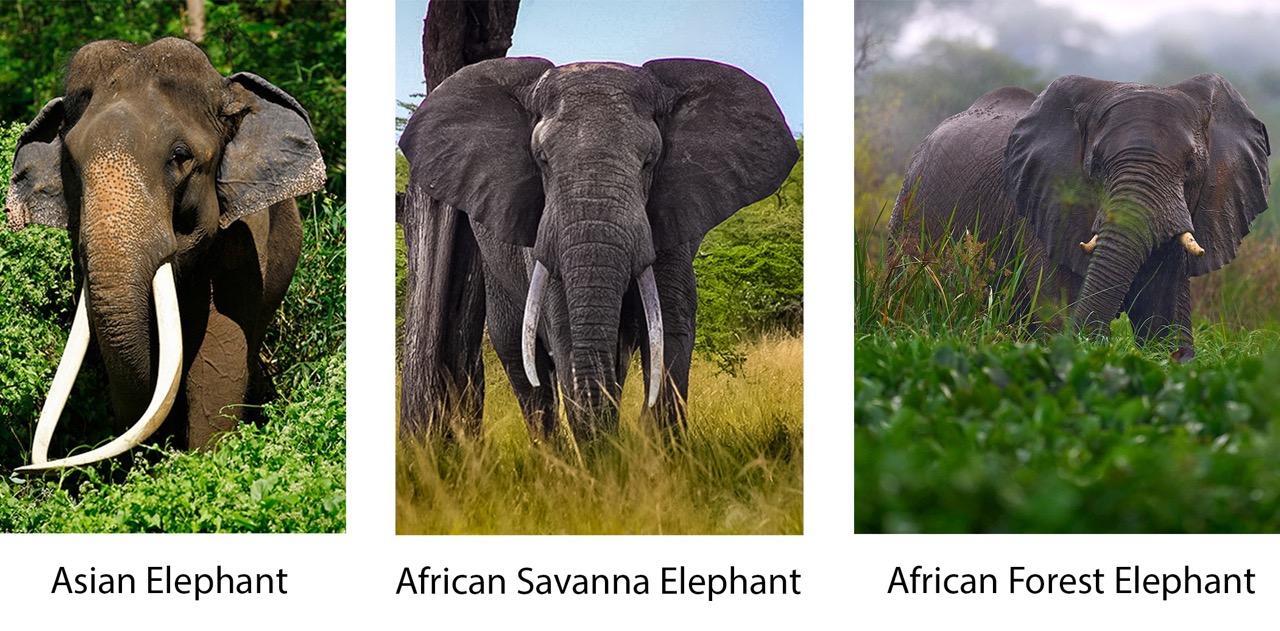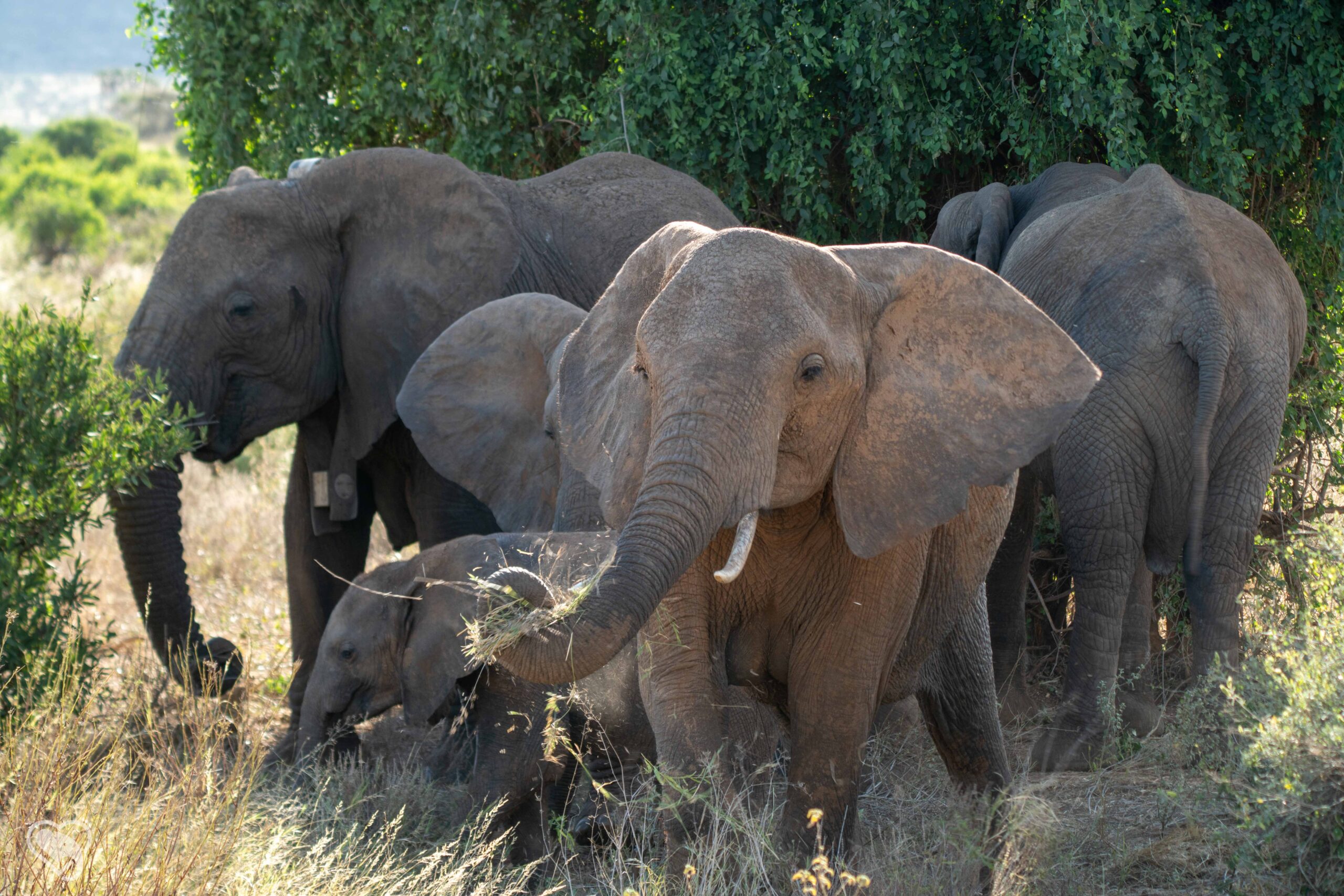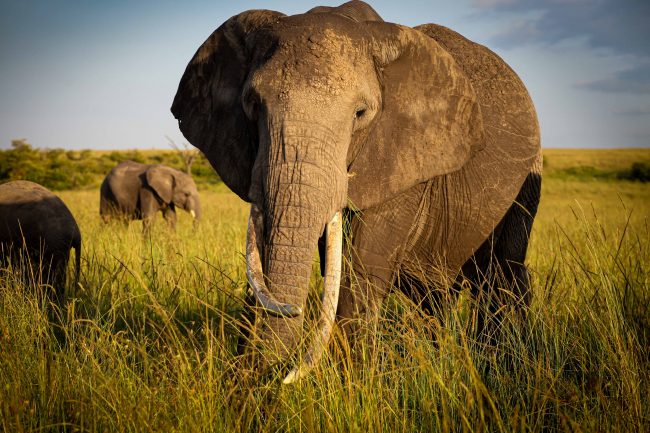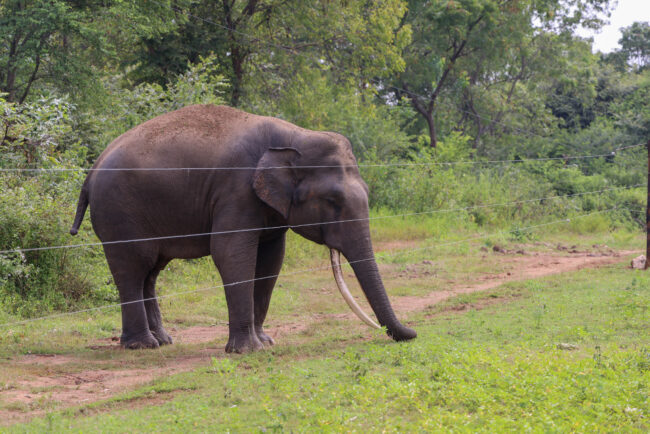
- Three Species: There are three recognized species: African savannah elephant, African forest elephant, and Asian elephant.
- Size: African savannah elephants are the largest, with males reaching up to 4 meters (13 feet) tall and weighing as much as 6,800 kg (15,000 pounds).
- Lifespan: Wild elephants typically live 60 to 70 years of age.
- Diet: Elephants are herbivores and can eat up to 600 pounds of food a day, although they usually eat half of that (or less). They drink 25–50 gallons (95-190 L) of water per day.
- Trunk: Their trunk is a versatile tool used for breathing, smelling, touching, grasping, and producing sound. It can hold up to 2.5 gallons of water.
- Tusks: Elephant tusks are actually enlarged incisor teeth and can be found on elephants at 2 years old. Tusks continue growing throughout their lives, and can weigh over 200 pounds each. Tusks are used for digging, stripping bark, and as weapons. Elephants have been targeted for their ivory tusks, driving the illegal wildlife trade and causing severe declines in their populations.
- Intelligence: Elephants have the largest brain of any land animal. They show self-awareness, empathy, and can recognize themselves in mirrors—an ability shared with only a few other species. Elephants mourn their dead and are highly social creatures.
- Communication: Elephants are incredibly social animals that communicate through touch, sight, smell, sound, and even seismic vibrations that travel through the ground. Their low-frequency rumbles can be heard by other elephants miles away—and these sounds can also be felt as vibrations through their feet and trunks.
- Social Structure: Female elephants live in family groups called herds, led by a matriarch. She is usually the oldest and most experienced female, guiding the herd with her memory and wisdom. Males stay in herds until they are 12-13 years old, and then live alone or form a bachelor herd with other males.
- Unique Physiology: Elephants cannot jump, but they are excellent swimmers and use their trunks as snorkels in deep water.
- Reproduction: Elephant pregnancies last about 22 months, and calves weigh 200–300 pounds at birth.
- Conservation Status: Asian elephants are endangered, with fewer than 50,000 left in the wild. African elephants are also at risk—savannah elephants are endangered, while forest elephants are critically endangered due to poaching and habitat loss.
Elephants are not just remarkable animals—they are keystone species, essential to the health of ecosystems. Protecting them means preserving biodiversity, supporting local economies, and maintaining the natural balance that benefits all life.
Join us by donating to support these wonderful creatures!

photo: Patricia Sims



